Every TV show has to end at some point, and Velocity’s “Overhaulin’” is no exception to this rule. However, unlike other series, “Overhaulin’” has been revived several times since its first cancellation in 2008, and at this point, its audience is already used to the show’s less-than-stable but successful revivals.
Nonetheless, for a show with such a long history, it’s normal for new viewers to wonder how the series was in its early years, and what was the initial concept behind it.
If you’re one of those people, then keep watching as we tell you everything about “Overhaulin’” and Chip Foose’s beginnings, its former cast members, the cancellations, revivals and the entire history of the show.
“Overhaulin’” Beginnings
Seeing how successful and renowned “Overhaulin’” is for motorheads and fans of automotive-centered shows alike, it’s surprising to know that the show almost didn’t happen.
https://www.facebook.com/overhaulin/photos/3763049693709831
It all goes back to the early 2000s, when Chip Foose’s work in his auto-shop Foose Design attracted the attention of big names in the automotive industry, including Jesse James’, the host of the then-unpremiered car building series “Monster Garage”, who invited Chip to co-host and be the show’s main designer.
Although Chip rejected his offer, Discovery brought out another show concept which didn’t quite fit his expectations either. The producers didn’t give up though, and after introducing several other proposals, Chip ultimately accepted hosting a show which truly represented his passion for car building. That’s how he came up with the concept for “Overhaulin’”, as a means to help people who dreamed of having an incredible car, but couldn’t afford it: ‘Let’s take the car, let’s build it, and give it to them as a gift. Now we’ve got something with great value, and it’s a feel-good show’, he told Petrolicious.com in 2016.
Then the producer Bud Brutsman proposed inserting the pranking and ‘stealing’ factors to Chip’s concept, eventually agreeing to finish each building in a week. That’s how “Overhaulin’” was created.
What Authorities Had To Say
Although the focus of “Overhaulin’” is making cars pass from normal-looking to amazing, the whole fake-stealing factor is admittedly one of the most entertaining parts of the show.
Even so, it’s normal to wonder how “Overhaulin’” got away with the stealing plotline legally, but the answer is less surprising than expected. According to Chip Foose, in the early stages of the show, the stolen-car owners usually reported their issue to the local police, and it took a lot of talking from the show’s side to get away with it. However, as “Overhaulin’” grew and gained more popularity, these problems became easier to avoid: ‘we’ve made friends with most of the local authorities, and the various police departments work with us and have a lot of fun with the show’, he told JLFullThrottle.com.
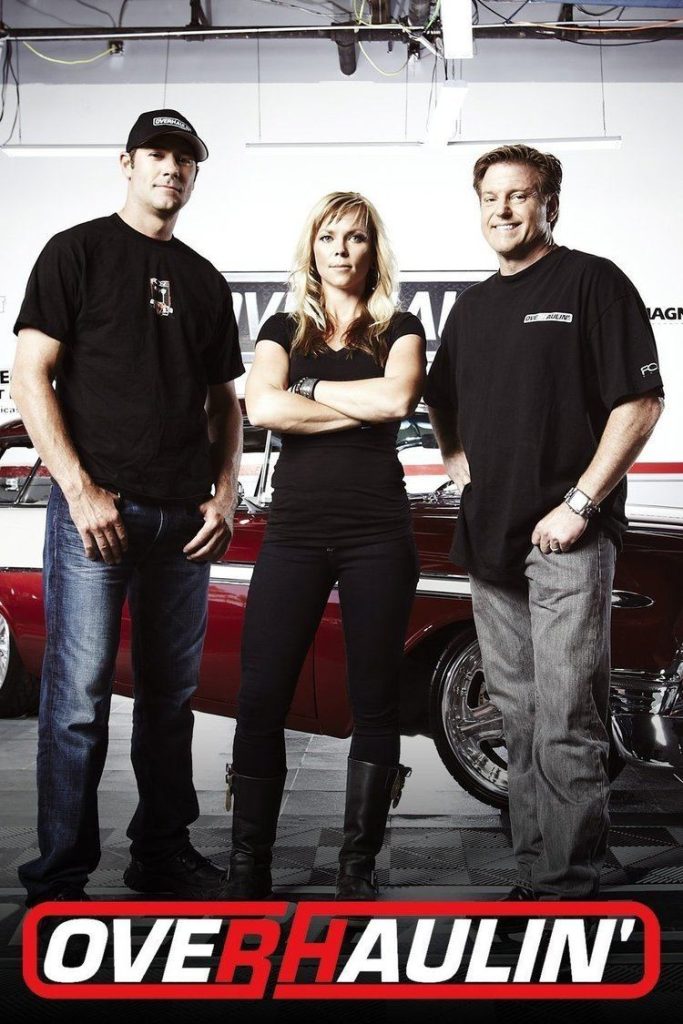
Though the most sceptic viewers argue that the stealing scenes might be staged, Chip’s words don’t sound that improbable, considering how popular “Overhaulin’” was at some point.
How Did The Building Process Go?
While Chip Foose and his “Overhaulin’” team were good at taking apart a car, building it from scratch and ultimately transforming it into a jaw-dropping machine in only a week, it required a lot of planning and co-ordinated efforts.
According to a report by the online magazine Mustang & Fords, the process every car in “Overhaulin’” went through was divided into seven days.
Day one consisted in the car’s deconstruction, but not before several pics of it were taken, not only for design reference but to compare the final design to the early state of the car, always taking into consideration the owner’s personal taste. Afterwards, the automobile is set apart and the main repairs and modifications are made, only for the car’s body to be sent to a second party shop on the second day to be cleaned and prepared for paint.
https://www.instagram.com/p/B5mEWKOFkJh/
The third day is for mechanical work, followed by the installation of equipment and alarms on the fourth day.
On the fifth day, the body comes back painted and ready to be put together with the rest of the car, extending to the sixth day when the drivetrain installation happens. The seventh day is to shape the car’s interiors and wiring, a process which starts early in the week when its parts are taken care of by a third-party expert. The Delivery Day is the last, when everything should be ready to run.
Were The Cars Ready To Use?
As Chip Foose said in an interview with Pretrolicious.com, the seven days-window to finish every car was as real as “Overhaulin’” made it out to be. However, owners actually didn’t take home their car on the delivery day, despite what the show made us believe.
The reason behind that is an understandable one. As Chip affirmed, the strict schedule for every project also meant the team members were over-worked and sleep deprived in the final, obviously compromising the safety of every car.
That also answers the question of why Chip usually drove the cars instead of someone else or the owner: ‘if something was going to go wrong, I wanted to be the one that would figure out ‘okay, how am I going to stop this?’’.
After cameras stopped whirring, Chip and his more relaxed and non-stressed team thoroughly checked cars for any mechanical or fabrication issues in it. That safety test took from weeks to months to complete though, as according to Chip, that period is ‘what it takes to build a car’ in real life.
How Much Money Was In It?
As any TV show from a renowned network such as Discovery, there’s a lot of money involved. It’s no different for “Overhaulin’”, of which costs per episode were astronomical.
It turns out that “Overhaulin’” was truly loyal to its concept of building cars for those who couldn’t pay for it. That means that on average, each project cost Discovery $120,000 in the first season.
https://www.youtube.com/watch?v=oSGnAH9yB4k
While the network usually made much more than that from advertising alone, it was hardly a good deal for Chip Foose, as he was paid $20,000 per episode of the first season. Though that looks like a good deal for almost everyone, the fact he donated all the equipment and materials to make every project possible, meant that he wasn’t profiting from his salary.
When asked why he accepted to work under such conditions, Chip said: ‘I didn’t want to fail on TV.’ (…) ‘Everything that I had was given to the show to make it work’. On top of the lack of money, working eight days a week with no sleep at all was so physically draining that if it wasn’t for the fact he got a salary raise to $70,000 per episode, he wouldn’t have accepted the filming of another season.
Why Was The Show Cancelled?
Given how popular “Overhaulin’” was since its inception in 2004, its cancellation was shocking for everyone. Nonetheless, seeing how expensive the show was to produce, it’s not surprising to figure out that money played a big role in it.
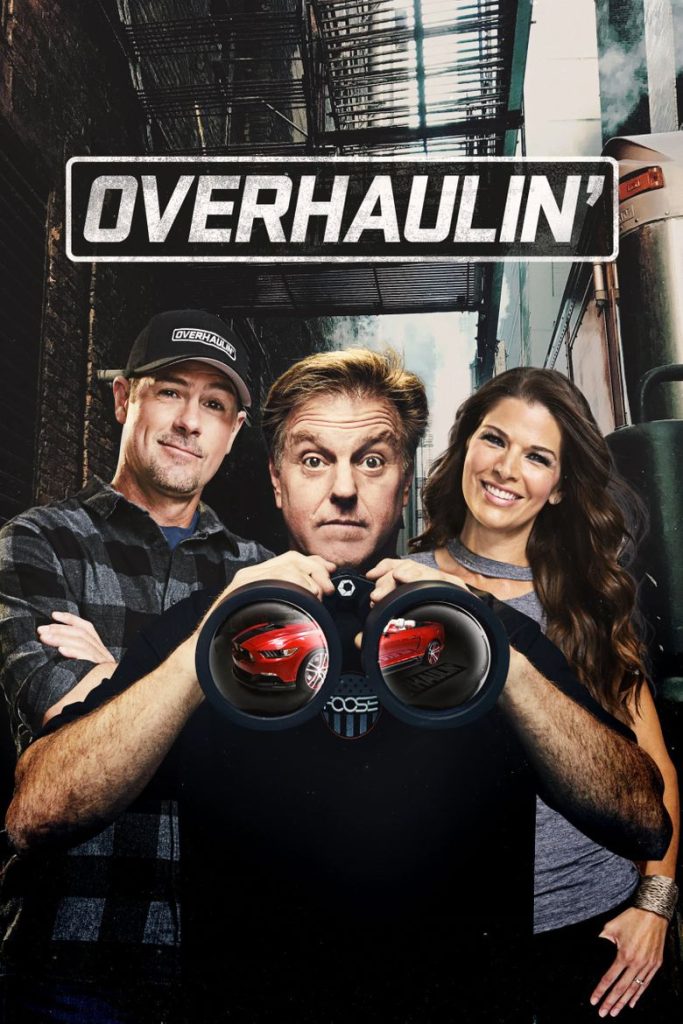
As stated by Chip Foose, the 2007 economic crisis caused the show to lose its biggest advertisers, including banks and those affiliated with the automotive industry, eventually leading to the start of “Overhaulin’”s official hiatus in January 2008, though for everyone it was a full-fledged cancellation.
Though TV shows aren’t normally picked up again after being left ion such an uncertain status, the unexpected happened when in early 2012 Discovery invited Chip to continue the show. However, this time he had certain conditions the network simply had to accept: ‘I said, ‘I’ll go, but I’m getting older and I need some sleep. I don’t want to do the cars in eight days’, and that’s how “Overhaulin’” 2012’s revival had longer and more detailed filming times.
Later in 2015 “Overhaulin’” was cancelled for real, as the network wanted to produce cheaper shows through third-party auto-shops.
How Did Chip Foose Start With Cars?
It’s an understatement to say Chip Foose is a car expert; in fact, it’s more accurate to say that cars and mechanics are just part of who he is.
As early as 12 years old, Chip was evidently fascinated by everything automotive, something easily noticed by his father, the car builder Sam Foose. That led to Chip’s first driving experience which ended up with him crashing his father’s pick-up against a parked Rolls Royce.
While the experience didn’t go as planned, it didn’t deter Chip’s love for cars. Working in his father’s shop in Santa Barbara truly set his path in the right direction, by allowing him to be close to the whole automobile-customization process, in addition to awakening something else in him: ‘When I think back, (all) I think that’s when I really knew that design was something that I was passionate about’.
Chip enrolled into the ArtCenter College of Design, but dropped out when it became impossible to afford it. He then went back home to work with his father, while also opening his own shop and collaborating with several auto-shops in California. Nonetheless, there was still a long way to go for Chip.
Chip’s Years In The Industry
Becoming successful in a highly competitive industry like the automotive one, is clearly difficult, but it wasn’t an issue for the vastly talented Chip Foose. After he left college, Chip collaborated with the California-based design firm Stehrenberger Clenet to create helmet cars for the National Football League.
Those early years of Chip’s career were split between working with his father on independent projects, illustrating movie cars and even designing baseball teams’ cars, before actually accepting Stehrenberger’s job offer in the mid-1980s. A couple of years later he went back to ArtCenter, where his graduation project was building a model for Chrysler Corporation, which attracted the attention of Boyd Coddington, for whom Chip worked for free for a couple of years while also maintaining his old job: ‘I did that for two and a half years, and never gave Boyd a bill,’ he told Petrolicious.com.
https://www.facebook.com/overhaulin/photos/3577391202275682/
When 1992 came around Chip had offers from Ford and Volkswagen, but decided against those in favor of designing for Coddington, who not only offered him a real job with better salary than the others, but also because it allowed Chip to directly work for the hot rod industry.
Leaving Boyd & His Own Business
While some people set their professional path based on how financially profitable it is, for Chip Foose it was more than that. Entering the hot rod industry fulfilled his desire to work on projects truly appreciated by owners: ‘you’re building somebody’s dream car. Then when they get it, they’re going to enjoy it for years and years.’
Chip worked for Boyd Coddington for five years before the company filed for bankruptcy in 1998. Needless to say, Chip left Boyd but his situation wasn’t the best then: ‘I had $700 in the bank, and found out my wife was pregnant.’
Left with no job and no money, Chip was then contacted by the car equipment manufacturer Precision Power, Inc to design their upcoming 1999 product line.
Chip convinced them to hire him with a 3% royalty contract, and an onward payment of $10,000, with which he established Foose Design, and the rest is history.
Why Did He Reject His First TV Offers?
Entering the entertainment world is the dream of many people, and a logical step forward for someone as renowned as Chip Foose was in the early 2000s. That’s why it’s surprising that he rejected his first offers to appear on TV, when “Monster Garage”s Jesse James invited him to be his co-host in 2003.
Nonetheless, Chip had good reasons to say no to James. As he admitted, he didn’t see the value of building a car no one would ever use, something he maintained even when more proposals for TV shows came around in the next year: ‘I’m going, ‘I’m trying to build the most beautiful pieces of rolling art that I can build, and you want to put me on television building these monsters’,’ he told Petrolicious.com.
Even if turning down such an offer is unthinkable for many, Chip considered that as the best ‘no’ of his career, as it eventually landed him “Overhaulin’”: ‘For me, seeing the look on the owner’s face is the most rewarding part of the show’, he said to Roadfly Magazine.
What Will Happen To “Overhaulin’”?
Last time we saw “Overhaulin’” on our screens was in 2020, when its tenth season aired on the MotorTrend App streaming service. Though a renewal hasn’t been announced since then, this doesn’t come as a surprise, considering how many times “Overhaulin’” has been on hiatus only to be revived again after a couple of years.
Nowadays, Chip Foose’s most loyal fans could get to know his most recent projects thanks to the YouTube channel Foose Design and though that’s not the same as watching “Overhaulin’”, it’s probably enough for the meantime.

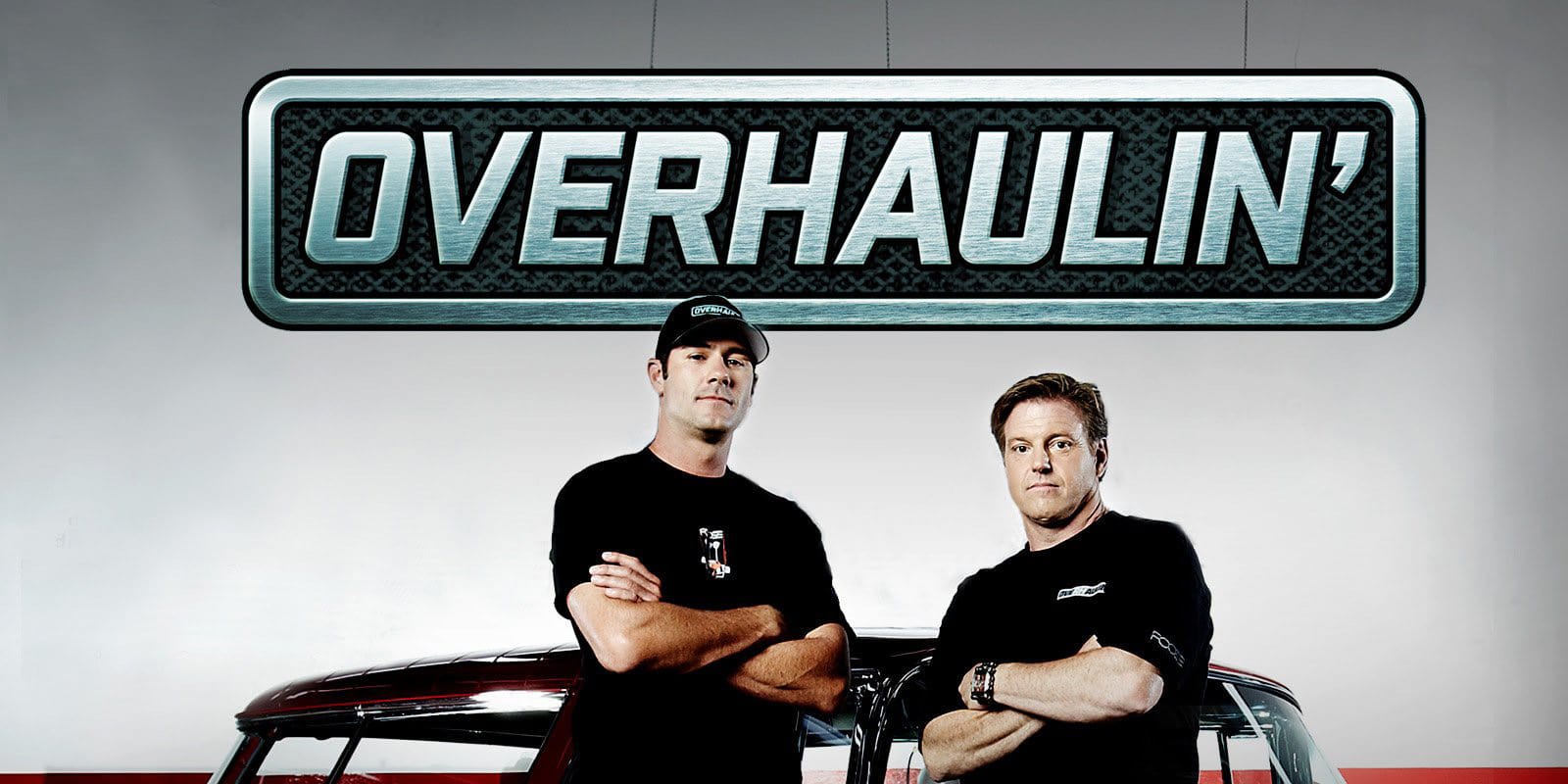
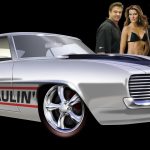
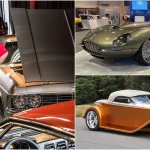

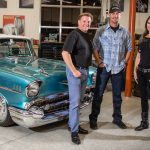

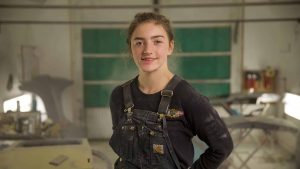



Leave a Comment